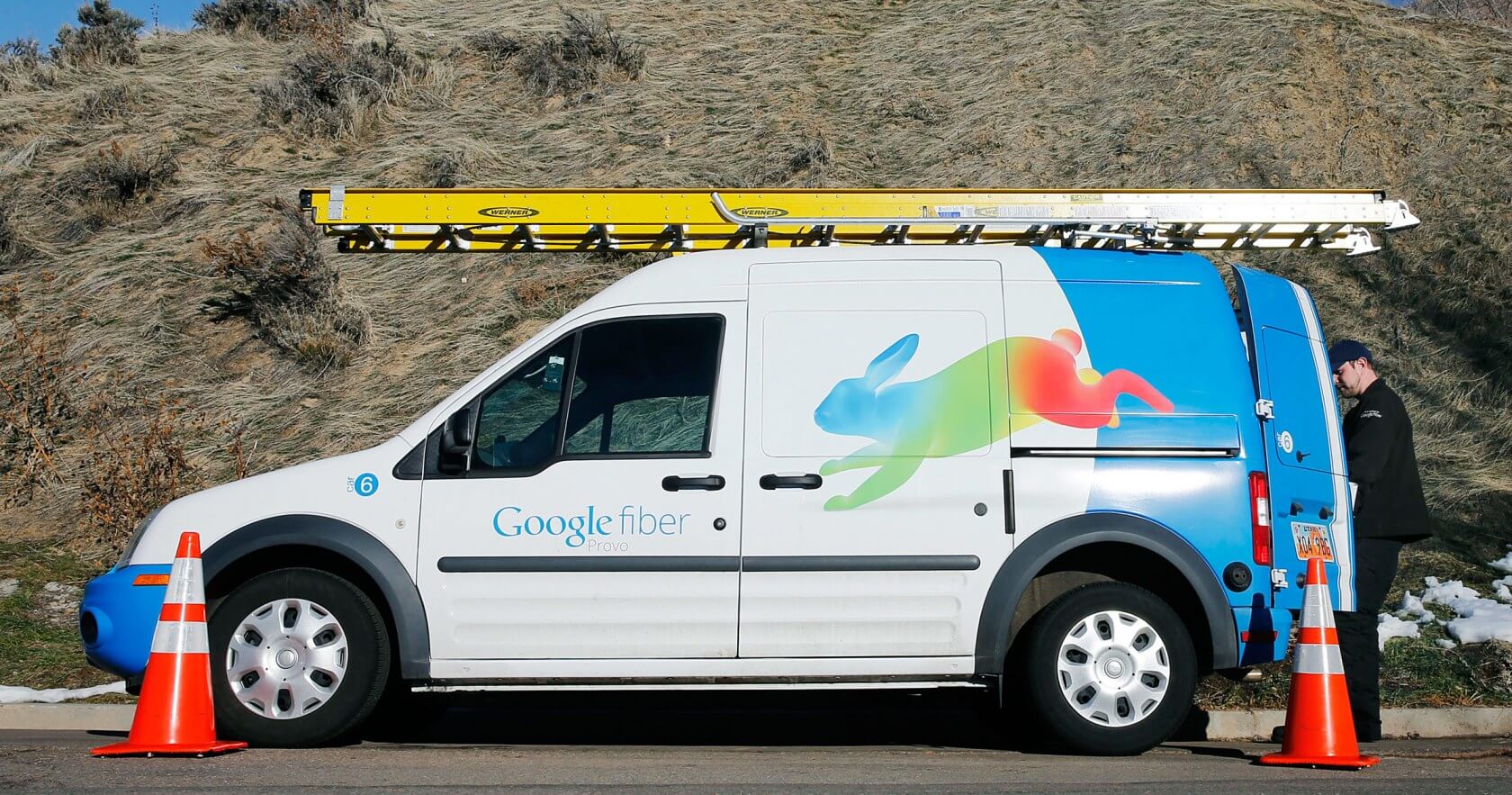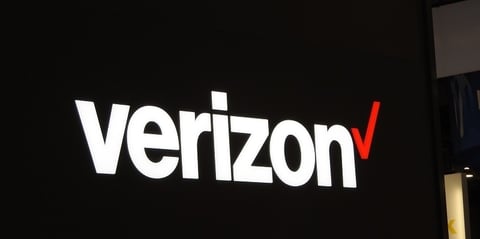FTTP
Google Fiber drops 100Mb/s; Goes ‘All In’ on 1 Gig Internet Access
Google’s affordable, high-speed Fiber internet service has been around for quite some time, but only in select areas of the U.S. As it continues its very slow expansion to more cities and regions, Google is looking to streamline its operations by eliminating one of its only two Fiber based Internet access subscription plans. Google Fiber is dropping its $50/month, 100Mb/s subscription for NEW CUSTOMERS. 100Mb/s FTTP has always been a slightly cheaper alternative to its 1 Gigabit plan, which is only $20 more at $70/month.
“Starting today, we’re recommitting to our roots. We’re going all in on a gig, just like we did all those years ago. We will no longer offer a 100Mbps plan to new customers,” Google said in a blog post. “We are excited to turn our attention back to our gig service, still offered for $70/month—the exact same price it cost back in 2012 when we first launched,” Google added.

Currently, the Fiber service is available in 18 U.S. cities: Atlanta, Georgia; Austin, Texas; Charlotte, North Carolina; Chicago, Illinois; Denver, Colorado; Huntsville, Alabama; Kansas City, Missouri; Miami, Florida; Nashville, Tennessee; Oakland, California; Orange County, California; Provo, Utah; San Antonio, Texas; San Diego, California; San Francisco, California; Salt Lake City, Utah; Seattle, Washington; and The Triangle, North Carolina.. Even in Fiber-connected cities, not every geographic area within the city will have access to the 1 Gig service.
“With increasingly connected homes and ever-improving technologies, speed is more important than any time in our history—and becoming more important every day. And with our fiber networks, we’re uniquely positioned to deliver it,” Google said. “You won’t have any data caps to interrupt even the most impressive binge-watching session. And with the power of a gig, you’re able to use all your connected devices at home at the same time,” the company added.
If Google Fiber sounds like the internet plan for you, please visit the Google units official website to check if your location is supported.
………………………………………………………………………………………………………………………………………………………………………………………………………….
In its seven-year lifespan, Google Fiber has never had a single price increase. Its straightforward, month-to-month (cancel any time) payment model has always been more attractive than what many competing services offer (many require a one year contract with huge cancellation fee).
Google Fiber’s ambitions are a lot more modest than they used to be. So the news applies to a pretty small percentage of Americans. Fiber scaled back its roll-outs in the mid-2000’s and had to pull out of Louisville, Kentucky earlier this year, following problems with its cable installations beneath the city’s roads. Google put the brakes on most of its expansion efforts, like in the author’s home town – Santa Clara, CA. Apparently, there were just too many hurdles, including the cost of expanding into certain areas, getting permission from the city councils, disputes over access to utility poles, and other challenges.
References:
Verizon passes on G.fast in favor of FTTP for MDUs
Verizon will forgo using copper-based G.fast (DSL) technology in favor of an all-out move to deploy fiber-to-the-premises (FTTP) to/from multiple-dwelling units (MDUs), according to Vincent O’Byrne, director of network planning for Verizon. Mr O’Byrne spoke August 15th at ADTRAN’s Broadband Solutions Summit in Huntsville, AL.
“Our strategy for G.Fast is not to deploy it,” O’Byrne said at the conference.
“The strategy we’re using today is fiber all the way to the living unit,” O’Byrne said. “There’s some small percentage that we use fiber to the building (FTTP) and then copper inside the building itself, but because we have two vendors on BPON and on GPON meant in those units we had 8 types of different MDU units.”
O’Byrne cited the sketchy nature of the copper network in some places and a history of VDSL2 inter-operability and speed related problems in MDUs.
“The MDU units started to go end of life and for VDSL2 there wasn’t any interoperability,” O’Byrne said. “Even though we worked on it for a year, it became nuisance so we stopped using those common ONTs and concentrated on getting fiber to the living unit.”
Speed is also an issue. “We ended up in a situation where the 13 units of VDSL2 were going end of life as well as lower speed down the surrounding Fios network, which could get up to 1 Gbps,” O’Byrne said. “With G.fast we see ourselves potentially being in the same situation five years from now where we would have to replace the same thing.”
O’Byrne said that bringing fiber directly to each premises is more of a future proof strategy. “It’s a bit more expensive to put the single family unit fiber connections out there, but we have the same kind of service as the rest of the network,” O’Byrne said. “We also found that the trouble report rate is less on the fiber all the way to the living unit.” That’s in sharp contrast to the hybrid fiber-copper technology used by AT&T in its U-Verse triple play bundle (which this author has had for almost 5 years).
Given the diversity and varying condition of copper plant in Verizon’s wider nationwide network, Verizon has applied its copper replacement strategy for the MDU markets.
In recent years, Verizon has been strategically replacing aging copper plant with fiber at its consumer and business locations. The service provider said that this method enables it to reduce costs by not having to perform multiple customer visits when problems arise.

Verizon has been replacing aging copper plant with fiber at its consumer and business locations. Fios to residential triple play customers was the first step, with fiber to commercial buildings and MDUs now well underway.
“At Verizon we were finding the trouble reports on the copper were two to three times more than when we had fiber to the living unit,” O’Byrne said. “For a long time, the copper plant in the Verizon network was not as good as it was in some locations so if we went to G.fast it would be low volume and we would have the same issues five years down the road.”
“We’re skipping XGS-PON single wavelength,” said O’Byrne. “We’re going for a 10G tunable laser solution.”
O’Byrne said driving costs lower and providing a unified architecture that’s inter-operable across multiple equipment vendors are key goals for their strategy. He also mentioned solutions that can maximize use of Verizon’s extensive and somewhat disparate outside wiring plant environment.
References:

